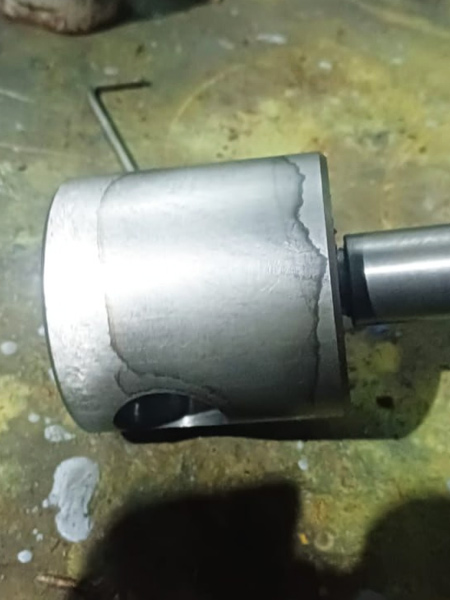
Causes of Wear
- Abrasive drilling fluid – insufficiently cleaned drilling mud contains solid particles acting like abrasive paste, gradually wearing down the rod surface.
- Worn or improperly installed packings – damaged or misaligned seals cut into the rod, leaving scratches and grooves.
- Misalignment and runout – shaft-to-liner misalignment causes uneven contact and rapid localized wear.
- Lack of lubrication or cooling – overheating occurs in the seal area, causing seals to harden and wear the rod faster.
- Corrosion – moisture or aggressive components in the mud (such as salts) accelerate pitting and rust formation.
- Improper operating conditions – pressure surges, water hammer, running dry, or operating at excessive speeds.
How Wear Manifests During Operation
- Increased leakage through the distance piece – emulsion of oil and drilling fluid exits through the breather or drainage holes.
- Frequent seal failures – new packings fail quickly, with a drastically reduced service life.
- Unstable pressure – losses occur due to leaks around the sealing zone.
- Increased vibration and noise – rod movement in the seating area due to ovality or localized wear.
- Visible surface damage – longitudinal scratches, ring grooves, corrosion spots, and overheating marks are evident.
Conclusion
For L0918 mud pumps, it is recommended to monitor the condition of pony rod packings and wiper rings regularly, and to measure rod wear during each disassembly. If the diameter has decreased or the surface has deep scratches, replacing the rod is usually more effective than resurfacing, since new seals will fail quickly on a damaged rod surface.
